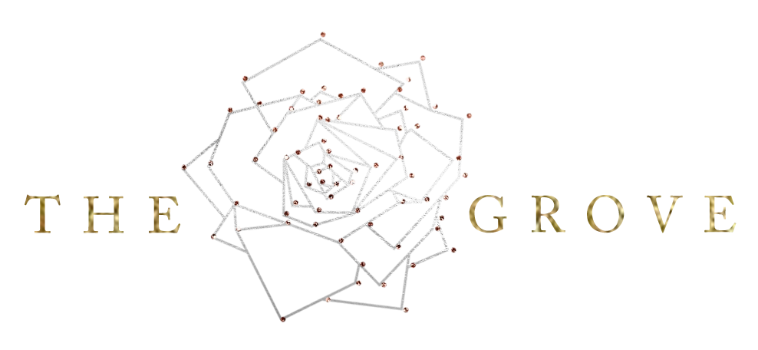IT’S TEMPTING, I KNOW.
A new camera hits the market, or a new version of your flash or strobe comes out, and you just feel like you. must. have. it. If only you had that updated camera/lens/light/tripod/cable/whatever, it would be a GAME CHANGER.
Except that’s not at all the case!
Sadly (or thankfully!), more expensive equipment does not make you a better photographer or business owner. That new camera? It can take amazing photos or terrible ones - all depends on the person using it. That lens? Works perfectly for the desired effect… when you know how to set it and when is the right time to use it.
So this leaves us with the big question
“How much should I spend on gear?”
The short answer is: It depends. This is usually asked early on when you’re first loading up to start on your photo journey. Maybe you’re going from hobbyist to pro and want to be prepared or appear like an expert. Maybe you’re shifting from weddings to interiors and feel like a tilt-shift lens MUST be in your case. Whatever the case, read on!
Discover & share this Shut Up And Take My Money GIF with everyone you know. GIPHY is how you search, share, discover, and create GIFs.
When you’re starting from scratch
If you’re starting out with photography altogether and have no gear, then it’s a great time to do some homework! Ask around to folks you know who are pro photographers or are experienced amateurs. Compare the specs of different models.
With cameras, you want to decide which brand you’ll want to go with since that will determine what lenses and lights will work with it. My suggestion? Go to a camera store and hold them in your hand. They feel differently. And while you’re there, ask the employees ALL the questions. They can tell you inside and out what that camera can and can’t do for you.
Things to be aware of:
- Don’t get caught up in the resolution race. You will absolutely not notice the difference between 18 and 25 MP resolutions, as those differences are seen when images are enlarged SUPER big (like, wall mural or billboard!). For what you’ll be doing, there’s no need to get caught up in the numbers that much.
- Remember your niche. For example, lots of folks talk about a camera’s low light ability. While this can be crucial for photographers who cover weddings and events, which are often in low light, it’s not really an issue for you. Why? Because you’re going to shoot on a tripod for the most part. You’ll be doing slower shutter speeds and won’t be relying on capturing low light moments in a pinch. So again, remember your niche. If it’s not something that affects your needs, there’s no need to pay extra for it.
- Newest is not always best. Sometimes a newer model actually ends up getting worse reviews than its predecessor. So don’t assume that a newer camera or lens will automatically make a world of difference for the better.
- This is your first camera of many. As a pro, you’ll be shooting very often. This means your camera will wear out faster than the typical consumer. So you’ll definitely be upgrading! With each new purchase, you’ll have more experience and skill so that you can choose better gear to match your expertise. Save the expensive top-of-the-line gear for when your skill set can make the most of it.
If you’re shifting into interiors:
The good news is you already have pro gear! Still, you may think you need to revamp everything. Really, it comes down to covering your basics as you start out and then building on that. There’s no need to buy replacement gear for what you already own unless there’s a specific purpose that they’re not serving you. For example, you may have a long 70-200mm lens that you love for events, but you need something wider for interiors.
To help you be fully prepared to tackle different property shoots perfectly, grab the FREE In-Depth Interior Shot List! This packed 37-page PDF walks you through the shots to get for Real Estate, Vacation Rental, and Interior shoots.
No matter what.
- Always buy within your means. If you’re just not in a position to buy a full-frame camera, you can absolutely get started with a cropped sensor! If you’re not in a position to buy a strobe, look at flashes instead!
- Buy with intent. This means that you don’t buy a certain lens only because one person said it’s a must-have, yet you have no idea why it’s a must-have. Learn a bit about your needs and go from there. (Have specific questions? Ask me!)
To make sure you’ve got yourself covered, check out the Interior Photography Quick Start Guide. It tells you what you need to get started. The bare minimum in gear, marketing, branding, and editing tips.
Because I swear to you, it’s totally doable no matter where you start from!
xo,
Natalia





